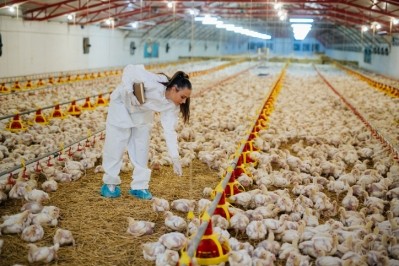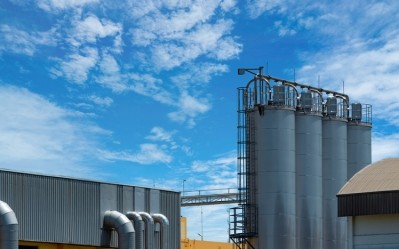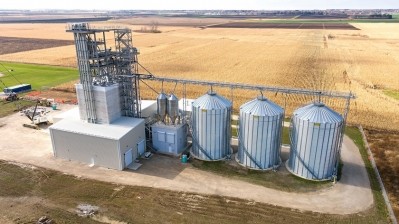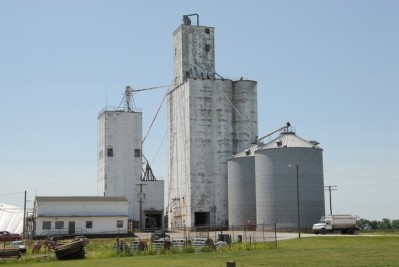Reports from VICTAM 2019, in Cologne
Broiler industry told to consider low nutrient density pelleted feeds
Moreover, in doing so, the cost-effectiveness of the pelleting process is being harnessed to a lesser extent, Dr Reza Abdollahi. senior research officer, Massey University, New Zealand, told the audience attending the first International Feed Technology Congress (IFTC) at Victam 2019 earlier this month.
We spoke to him after his presentation.
He said the fundamental objective of pelleting at the time of introduction, almost a century ago, to the feed industry was to convert fibrous, bulky, finely ground and unpalatable blends of feed ingredients into compact and free-flowing pellets that facilitate easy prehension (Coffey et al., 2016).
In the intervening period, genetics, management, nutrition, feeding practices and, most importantly, the diet composition, used in contemporary broiler production have changed substantially:
“The most momentous change in broiler diets over the years has been the shift from fibrous and textured feedstuffs, to low fiber texture-less and nutrient enriched diets. This transition not only hinders the development, functionality and health of the gastrointestinal tract, affecting nutrient digestibility, but also limits some of the advantages generated by pelleting,” noted Abdollahi.
The evidence
In a recent study (Abdollahi et al., 2018), he and his fellow researchers investigated the interaction between five dietary nutrient densities, which differed in nitrogen-corrected apparent metabolisable energy by 0.42 MJ/kg and lysine by 0.48 g/kg, as well as two feed forms – mash v pellet – in a 21 day broiler trial.
“Predictably, birds fed pelleted diets outperformed those fed mash diets at each density; however, the pellet-associated benefits were more pronounced at the lower nutrient density, confirming an interaction between nutrient density and feed form.”
Pelleted diets, said the team, supported a better weigh gain by 17.1% but this advantage progressively diminished from 33.9% in very low-density diets to 6% in very high-density diets. Similarly, they observed that pelleted diets supported higher feed intake by 16.3% but this gain was eroded from 23.3% in very low-density diets to 9.8% in very high-density diets.
“Looking more closely at the diets used in this study, the changes in the composition of the diets from very low to very high-density diets to resemble the changes made to the composition of broiler diets over time since the introduction of the pelleting process.”
He calls on the broiler industry to consider a pellet-appropriate approach that involves the use of more fibrous, bulky and less palatable raw materials to formulate lesser density diets, an approach that should also realize cost-efficiencies.
Source: Animal Feed Science and Technology
DOI: https://doi.org/10.1016/j.anifeedsci.2018.03.005
Title: The interactive influence of dietary nutrient density and feed form on the performance of broiler chickens
Authors: MR Abdollahi et al,












